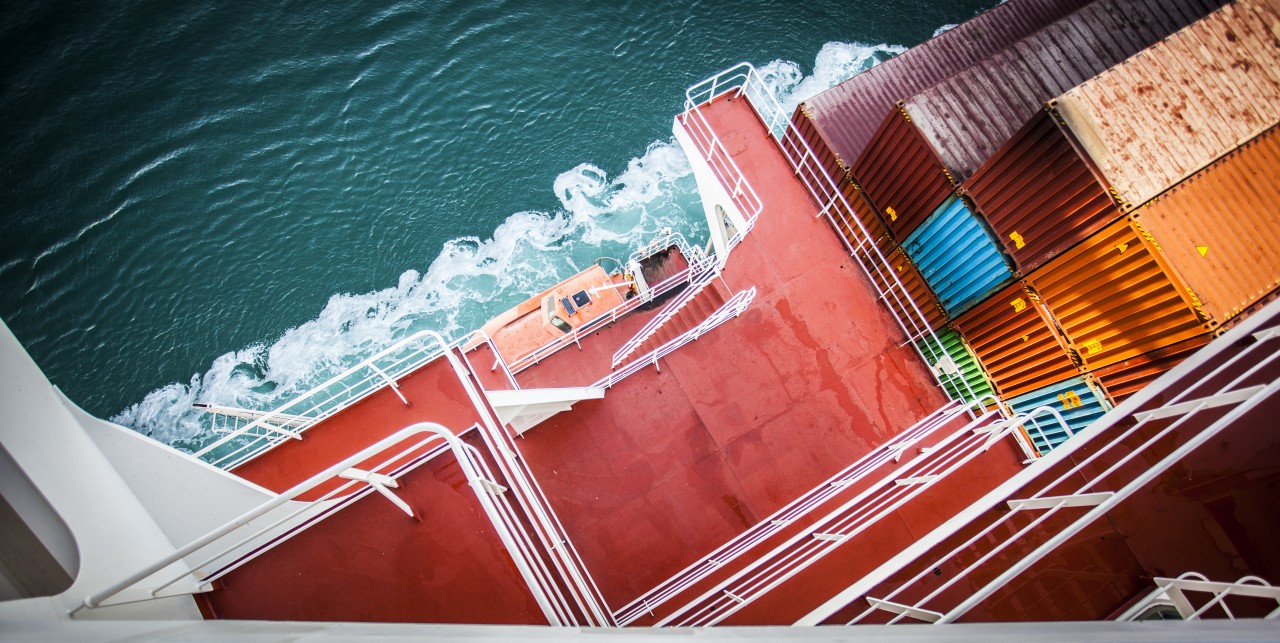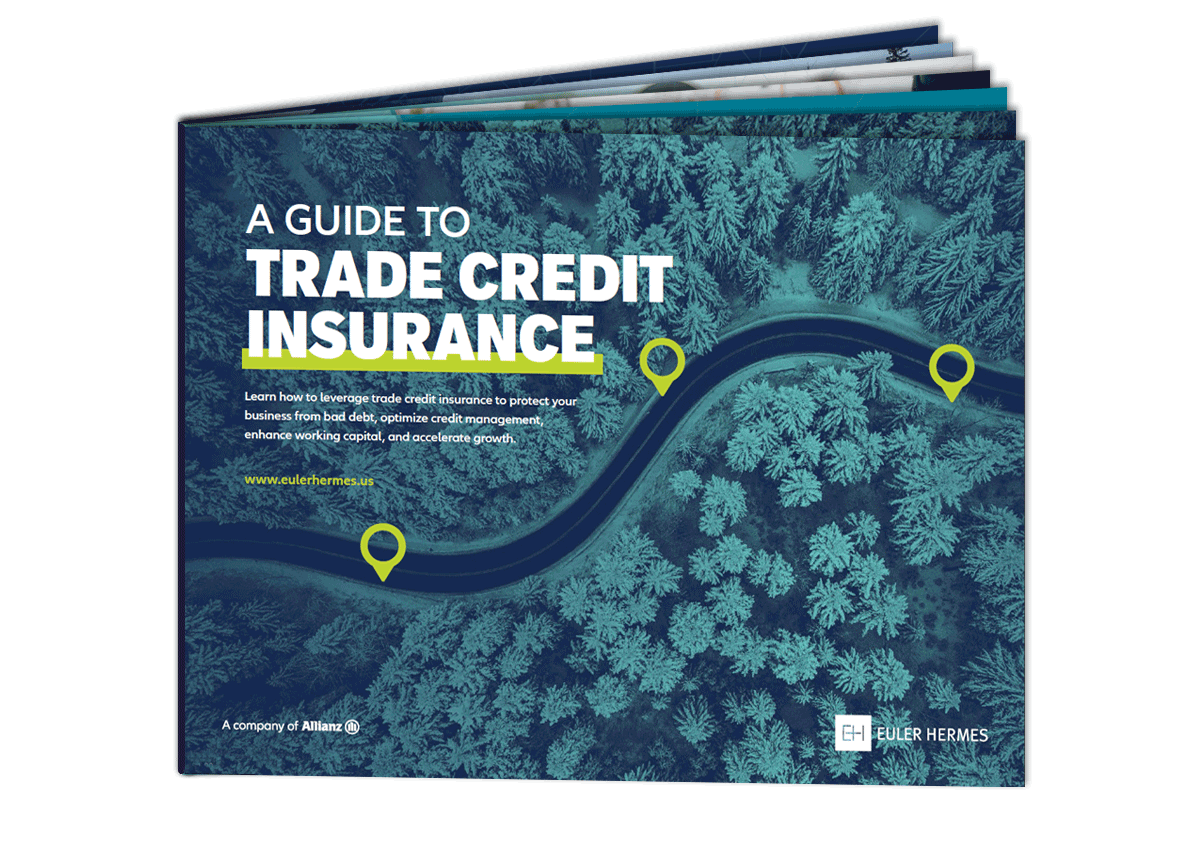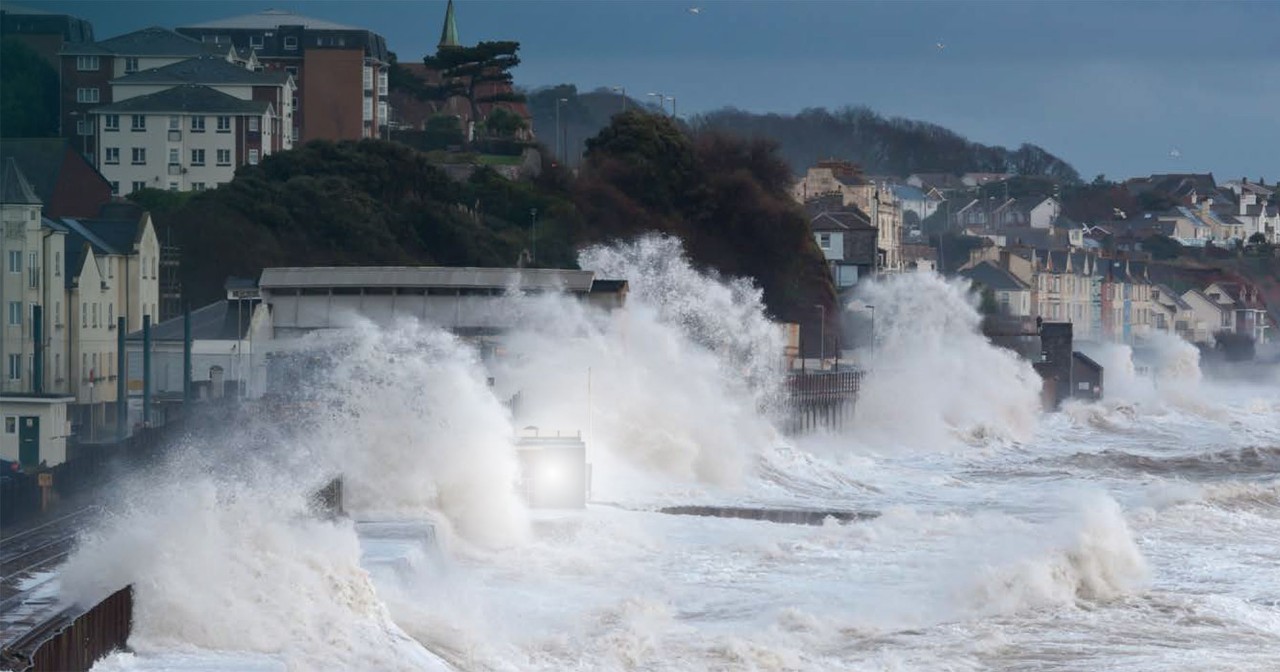Types of Risk in International Business
There are hundreds of factors to consider in international business when you are looking to embark on a new opportunity, but they can largely be categorized as economic, political and social factors.
Tax laws, interest rate hikes, political and social unrest or upheaval, and even comments from politicians can impact international business dealings and your associated risk. Specific risks include fluctuations in currency exchange rates, economic or political instability, the potential for trade sanctions or embargo and anything else occurring in the country that could negatively impact the business environment or trade and cash flows in and out of that country.
Economic risks stem from a country's financial condition and ability to repay debts. Political risks come from the impact of politicians’ decisions about investments. Social factors unique to a country – like belief systems and practices, customs, traditions and behaviors, trends and influences – can all affect your potential risks and successes, as can any kind of significant social unrest or movements intended to bring about societal change. In some cases, these risks can be intertwined. Below, you will find a few of the most important factors to consider in your country risk analysis.
Economic Risk in International Trade
It is important to always carefully evaluate economic data by country to determine risk. No country is immune to economic risk. Even generally stable countries like the United Kingdom have faced significant economic consequences, like currency fluctuations as a result of its proposed (and eventual) exit from the European Union.
Businesses can analyze economic data by country using the following key economic indicators. These indicators provide a snapshot of a country’s economic performance and future prospects that can help paint a fuller picture when evaluating country risk.
- The stability and solvency of banks
- The short-, medium- and long-term outlook for country’s GDP and GNP
- Debt-to-GDP ratio
- Unemployment rate
- Overall government finances
- Monetary policy and currency stability
- Currency exchange rates
- Access to affordable capital
Political Risk
In every country, from the most and to the least developed, there is some level of political risk. When you decide to do business in another country, it is wise to look into factors like the stability of all levels of government, the presence or absence of corruption, and the regulatory environment. Obvious signs of instability, like a war or coup, translate to political risks. However, changes to government policies and priorities following a democratic election or leadership change can also have a significant influence. A shift from less to more regulation, greater state ownership of certain industries or more government involvement in the economy also represent political risk.
Here are some examples of factors you should consider when conducting an evaluation of political risk:
- Government stability
- Information access and transparency
- Terrorism, violence and crime
- Regulatory and policy environment
- Workforce freedom and mobility
- Government assistance programs for businesses
- Immigration and employment laws
- Attitudes toward foreign investment
Structural Assessment
The structural factors within a specific country also merit close inspection. Structural factors include any fixed elements within the country that can impact economic performance, including:
- Demographics
- Physical infrastructure
- Social infrastructure
- Labor force
- Competitors
- Treaty participation
- Export regulations
- Import acceptance from other countries
- Co-production opportunities with other nations
Is the country’s infrastructure able to support efficient transportation, telecommunications technology, and banking and financial services? Are current and future demographic trends and health and educational systems likely to support a strong labor force? For example, if you launch operations or partner with a country with an aging population that has not invested enough in its education and health care systems, you may have trouble finding a readily available skilled workforce.
Debt Management
Debt management should be an important consideration in your country risk analysis. Debt management deals with how well a country is managing its debt load and whether it is growing, static or declining. High levels of government debt can lead to inflation and currency destabilization, both of which are likely to have a real and significant impact on any company doing business in and with that country.
What debt management indicators should you consider?
- Total debt stocks to GNP
- Debt service to exports
- Current account balance to GNP
Commercial Risk in International Trade
When engaging in international trade, different laws, languages, cultures, currencies and customs policies can all account for increased commercial risk. In addition, your trading partners’ business strategies, tactics or procedures can cause you to fail to achieve your business objectives and lose revenue.
To avoid commercial risk in international trade, it’s important to understand who your international trading partners are, their relationships with their governments’ officials, their experience within your industry and their reputation for management and production. These are strategic insights to help you understand how their actions could affect your brand – and if you will be paid. For example, your trading partner may have a reputation for substandard manufacturing processes, a reputation for using child labor, or a history of not honoring contractual obligations. These commercial risks in international trade are red flags that indicate a perilous relationship and potential harm to your brand. They can also indicate insolvency.
Country Risk Ratings
Country risk ratings can be excellent tools for evaluating a country risk level. Taking into consideration the factors discussed above, it is possible to provide a rating score or letter grade indicating an overall country risk level. The process is similar to evaluating and grading risks when awarding a credit rating score. This might include a letter grade, such as A through F, or a numerical score from 0 to 100.
Country risk is reflected in a country’s sovereign credit rating. This grade can give you, the investor, insights into the level of risk associated with doing business in this country.
For example, Standard & Poor's gives “investment grade” countries a BBB- or higher rating. BB+ grades or lower are deemed to be speculative or "junk" grade. Moody’s considers a Baa3 or higher rating to be of investment grade, and a rating of Ba1 and below to be speculative.
Importance of Mitigating Country Risk
Evaluating country risk prior to making investments or conducting business in a country should be a critical part of your due diligence. Given the dynamic nature of global and individual country economies, this is not an easy process – especially if you are looking to do business in a developing nation. However, by relying on trusted sources of analysis and information, you can get a strong idea of the potential risks these countries represent.
Ignoring country risk factors is a bad move. Doing so can lead to damaging consequences like:
- Catastrophic losses
- Failure to thrive
- Lawsuits
- Lack of transparency
- Theft (due to the perception of a lax attitude)
How to Manage and Mitigate Risk in International Business
If you decide to proceed, you will need to identify risk factors and create a plan to mitigate them. Doing so can help you minimize your vulnerability to disruption.
Consider these methods to manage and mitigate risk in international business:
Perform due diligence: Understand the international landscape in the country where you want to do business. Research the country to understand economic, political and structural risks. Investigate the policies the country has regarding international business. Speak to other business owners who are familiar with doing business in that country to better understand risks and rewards.
Learn about your trade partners: Take the time to understand who your potential trade partners are. Learn about how they do business, their reputation as an international partner, and their business strategies and procedures.
Carefully assess credit risk: Be sure you understand the possibility for credit risk with your potential partner. Look at all your exposure to country risks, your concentration risk and potential credit default risk.
Start small: A good way to manage economic risk in international business is to consider a strategic alliance or joint venture when first stepping into a new international marketplace. Work with a new trading partner on a small project so you don’t risk massive resources.
Craft clear contracts: Be sure your contracts are clear, concise and carefully spell out all terms and conditions. Be sure the contract includes details about rights and responsibilities regarding dispute resolution.
Invest in trade credit insurance: Avert exposure to credit risk with trade credit insurance. When you insure your accounts receivable, you can count on being paid even if one of your accounts faces insolvency or is unable to pay. In addition, trade credit insurance from Euler Hermes comes with the added benefit of the support necessary to make data-informed decisions about extending credit to new clients or increasing credit to existing clients.
Other Factors to Consider in International Business Expansion
You can narrow down your list of potential countries, or either regions of countries, when you decide to expand into new markets. Factors to consider in international business include setup costs, the tax and regulatory climate, competition, workforce availability, shipping costs and insurance needs. If you are considering a larger country, like China or Brazil, it may make sense to narrow your focus to specific regions.
Consult your customers to see if they have affiliates in other countries or are otherwise active abroad. You may be able to piggyback on existing relationships to sell to an affiliate. Customers can also act as your ambassadors and references for overseas expansion.
Consider international trade shows, which can be a good way to learn about potential markets, connect with contacts and get feedback on your plans. Find trade shows in your industry and target markets – events where you can gain rapid market insights.
Once you have gathered some information, take a second look at the markets and remember the importance of saying no to expansion opportunities that are not in line with your business strategy. Try not to lose focus or spread your resources too thinly, which will reduce your chances of success.
If you are ready to expand into a new market, remember that an intelligent risk management strategy relies on insurance policies to assume risks that you cannot or do not want to manage on your own. Because so many of these country risk factors can impact the creditworthiness of current and potential business partners, trade credit insurance can be an important component of your international business risk management strategy. It can offer you a country risk analysis for international business, as well as protect you against credit risk in international trade.


















